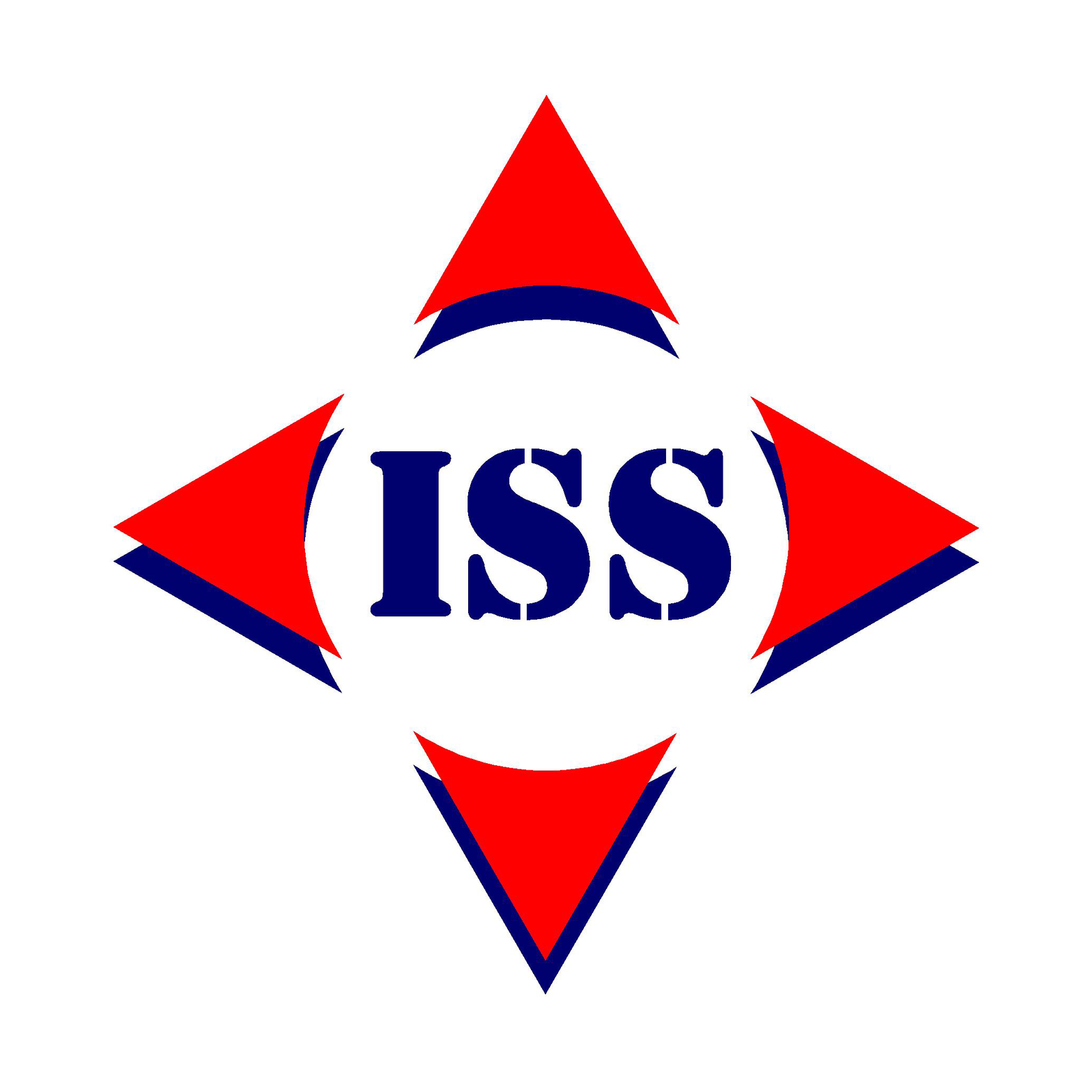
The freight forwarding industry is experiencing a digital renaissance. What once relied heavily on phone calls, emails, and manual documentation is rapidly evolving into a technology-driven ecosystem. For Australian businesses engaged in international trade, understanding this digital shift isn't just about staying current: it's about maintaining competitive advantage in an increasingly fast-paced global marketplace.
The Digital Transformation of Freight Forwarding
Traditional freight forwarding has long been characterised by fragmented processes, limited visibility, and time-consuming manual tasks. Today, we're witnessing a fundamental shift toward integrated digital solutions that promise greater efficiency, transparency, and control.
According to industry reports, investment in freight technology surpassed $14 billion globally in 2023, with adoption rates accelerating particularly in the Asia-Pacific region. As we look toward the future, this digital momentum shows no signs of slowing.
Key Digital Technologies Reshaping the Industry
API Integration: The New Standard
Application Programming Interfaces (APIs) are revolutionising how shipping data moves between systems. Unlike traditional EDI (Electronic Data Interchange), APIs enable real-time information exchange.
Automated Rate Management and Comparison
One of the most significant changes affecting shippers is how freight rates are accessed and compared:
- Instant multi-carrier rate comparison platforms
- Dynamic pricing models that adjust based on real-time capacity and demand
- Automated spot-rate negotiation tools
End-to-End Visibility Solutions
Perhaps the most transformative digital advancement is in shipment visibility:
- IoT sensors providing real-time location, temperature, and condition monitoring
- Predictive ETAs based on machine learning algorithms
- Automated exception management alerts
- Blockchain-verified chain of custody documentation
What Australian Shippers Should Expect
1. Digital Document Management
The paperwork burden of international shipping continues to be a pain point, but soon expect:
- Fully digital documentation workflows with electronic signatures
- Digital Bills of Lading using blockchain verification
- Intelligent error checking to prevent documentation delays
- Centralised document repositories accessible to all authorised stakeholders
These advances will significantly reduce customs delays and documentation errors that currently plague many international shipments.
2. Integrated Compliance Solutions
Regulatory compliance becomes increasingly complex each year. Digital freight forwarding platforms will feature:
- Automated restricted party screening
- Real-time regulatory updates and alerts
- Digital management of permits and licenses
- Automated duty and tax calculations
These tools will help dramatically reduce compliance risk while streamlining processes.
3. Seamless Multi-Modal Coordination
The fragmentation between different transport modes will diminish as digital platforms enable:
- Single-platform booking across air, sea, rail, and road
- Intelligent intermodal transfer management
- Unified documentation across all transport legs
- Optimised modal selection based on cost, time, and sustainability goals
Conclusion
The digital transformation of freight forwarding represents both challenge and opportunity for Australian businesses. Those who embrace these technologies early will gain significant advantages in efficiency, cost control, and customer service.
At ISS Shipping, we're investing in digital capabilities to ensure our clients benefit from these technological advances. We're committed to remaining at the forefront of freight innovation while maintaining the personal service and expertise our clients value.
Ready to transform your shipping operations? Contact ISS Shipping today to discuss your specific needs.




